Holiday in Génolhac |
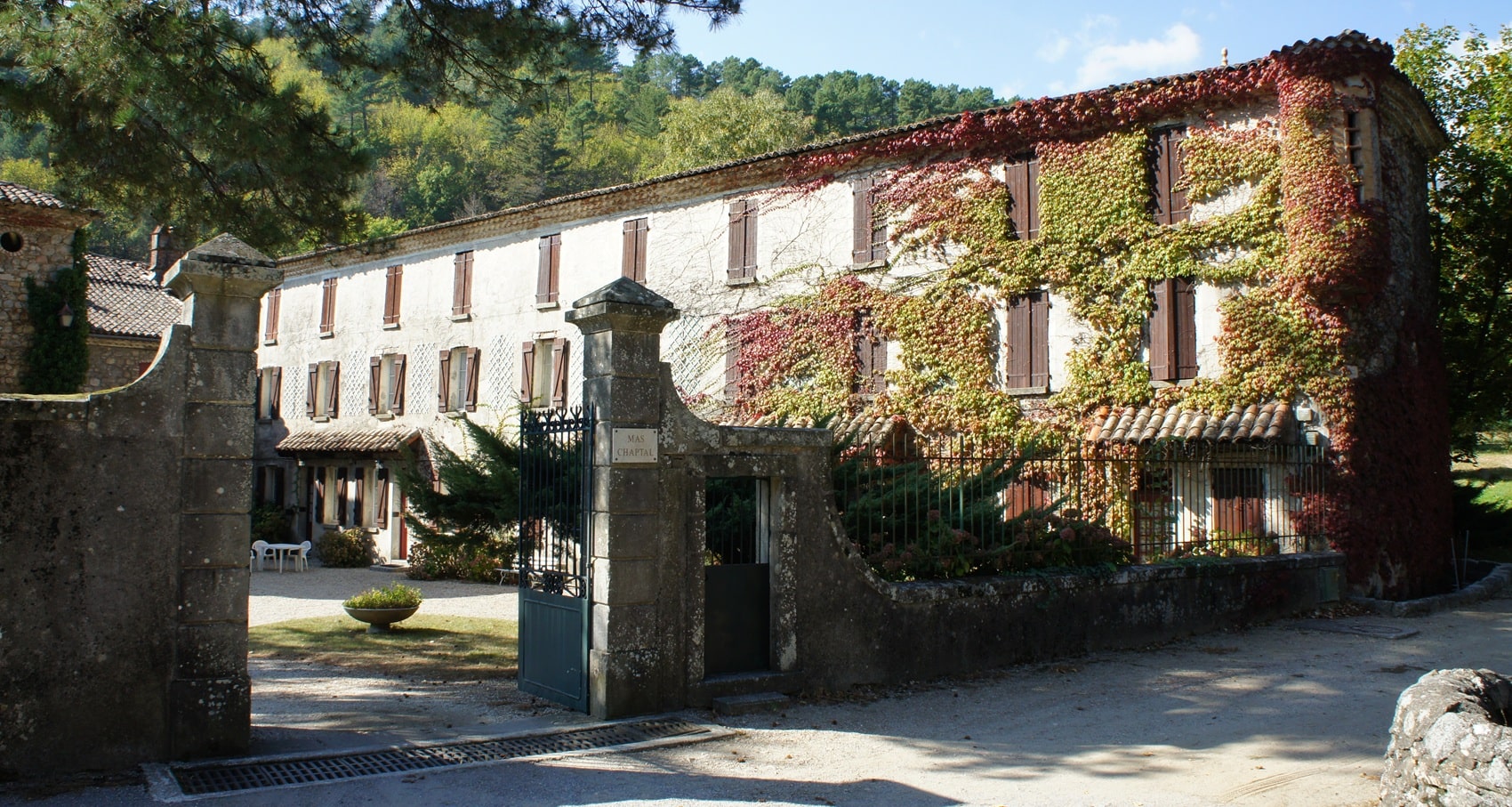
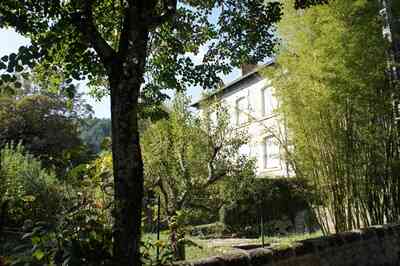 Vacationing in Génolhac was a popular activity during that time for city dwellers seeking nature and relaxation. The village, located in the heart of the Cévennes, provided an ideal setting for holidays, with its mountainous landscapes, rivers, and forests. Vacationers could stay in hotels, guesthouses, or bed and breakfasts. They could also rent gîtes or holiday homes.
Vacationing in Génolhac was a popular activity during that time for city dwellers seeking nature and relaxation. The village, located in the heart of the Cévennes, provided an ideal setting for holidays, with its mountainous landscapes, rivers, and forests. Vacationers could stay in hotels, guesthouses, or bed and breakfasts. They could also rent gîtes or holiday homes.
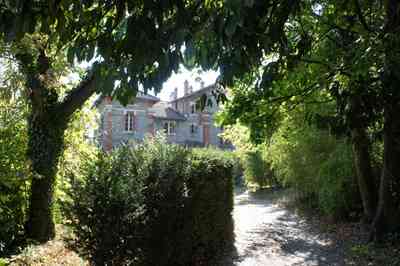 By the end of the 19th century, Génolhac and its surroundings became a favored destination for residents of Alès and Nîmes seeking coolness. While temperatures could soar to unbearable levels in the cities, the high altitude of Génolhac, surrounded by lush forests and magnificent landscapes, attracted numerous summer visitors eager to escape into a serene natural setting, ideal for walks, fishing, and picnics.
By the end of the 19th century, Génolhac and its surroundings became a favored destination for residents of Alès and Nîmes seeking coolness. While temperatures could soar to unbearable levels in the cities, the high altitude of Génolhac, surrounded by lush forests and magnificent landscapes, attracted numerous summer visitors eager to escape into a serene natural setting, ideal for walks, fishing, and picnics.
The magnificent homes lining Génolhac testify to a prestigious past. Scattered across the landscape, these carefully constructed villas offer breathtaking views of Mont Lozère and the surrounding valleys. Many of these houses were designed with balconies and terraces where families could gather to enjoy a meal outdoors, cradled by the songs of birds and the murmuring of rivers.
These residences were often adorned with lush gardens, passionately maintained by their owners. The peaceful atmosphere of Génolhac was also enhanced by the scents of wildflowers, which bloomed throughout the summer. Mushroom picking is popular around Génolhac, especially during the autumn. The region, rich in forests and biodiversity, is an ideal environment for finding various types of edible mushrooms such as Cèpes, Girolles, Mélanomes, Lactaires, and Pieds-de-Mouton.
City dwellers would gather in the cafes and the village square for a game of pétanque. Events such as local festivals, artisan fairs, and bustling markets punctuated the summer, offering visitors the chance to taste local specialties and discover Cévenol craftsmanship.
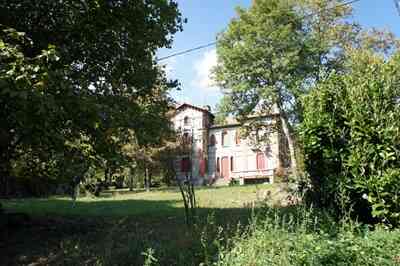 The development of infrastructure, such as railway access, played a key role in the popularity of Génolhac. The construction of the "Le Cévenol" railway line at the end of the 19th century, connecting major cities to mountain villages, facilitated the arrival of those seeking to escape the heat.
The development of infrastructure, such as railway access, played a key role in the popularity of Génolhac. The construction of the "Le Cévenol" railway line at the end of the 19th century, connecting major cities to mountain villages, facilitated the arrival of those seeking to escape the heat.
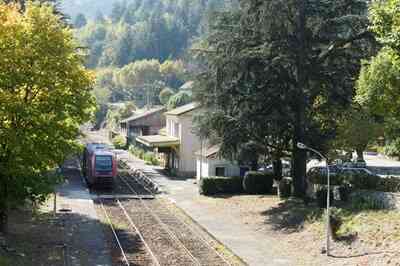 The Cévenol line was inaugurated in 1880, at a time when the railway was expanding throughout France. The authorities aimed to open up rural areas and promote tourism in the Cévennes, a mountain range full of breathtaking landscapes. The creation of this railway line aimed to facilitate access to isolated villages while offering travelers the opportunity to discover the beauty of the Cévenol landscapes.
The Cévenol line was inaugurated in 1880, at a time when the railway was expanding throughout France. The authorities aimed to open up rural areas and promote tourism in the Cévennes, a mountain range full of breathtaking landscapes. The creation of this railway line aimed to facilitate access to isolated villages while offering travelers the opportunity to discover the beauty of the Cévenol landscapes.
Initially, the journey from Nîmes to Génolhac was a practical solution for locals and also for residents of Nîmes and Alès who wanted to escape the stifling heat of summer in the cities. The train passed through picturesque areas, following rivers, climbing through forests, and offering impressive panoramas of the surrounding valleys.With the advent of the train, the number of tourists increased significantly. Hotels, guesthouses, and lodgings quickly developed around the station in Génolhac, attracting clients in search of coolness and adventure.
By car via the winding D906 road, visitors could enjoy scenic routes through the Cévennes, passing by the Château de Portes and Chamborigaud.
Even today, the spirit of vacationing in Génolhac remains, although times have changed. The homes dotted throughout the region continue to attract those looking for a second home to enjoy a cool summer at the foot of Mont Lozère, recalling the traditions of the past.
Travel Guide from the Early 20th Century
 Génolhac (470 m.; railway; Hostellerie de la Route du Mont Lozère, May-October, 16 rooms, tel. 2), 953 inhabitants and a small summer resort, on the Gardonnette, between mountains covered with chestnut trees and flowing with fresh waters.
Génolhac (470 m.; railway; Hostellerie de la Route du Mont Lozère, May-October, 16 rooms, tel. 2), 953 inhabitants and a small summer resort, on the Gardonnette, between mountains covered with chestnut trees and flowing with fresh waters.
Around Génolhac
1° Mont Lozère: 16 km Northeast of Génolhac at the crest of the Tête-du-Bœuf by a very picturesque, but somewhat difficult and poorly maintained forest road, passing the Malmontet tower. At Tête-du-Bœuf, where one can climb the Malpertus rock in 1 hour, you can join the beautiful road from Villefort to Bleymard via Mont Lozère.
2° Gorges de l'Hormol (to the West): pretty sites, waterfall.
3° Gorges du Rieutord and caves of the Camisards (to the West), via Vialas.
4° Valleys of the Luech and the Gardonnette (beautiful circuit of 32 km): follow route N. 106 to Chamborigaud, descend the gorge of the Luech to Peyremale and return to Génolhac by climbing the valley of the Gardonnette. 4 km downstream from Génolhac, feudal castle of Feras, above the left bank of the Gardonnette.
5° Château de Brésis (to the Northeast; 6 km on foot, 10 km by road), in the valley of the Cèze.
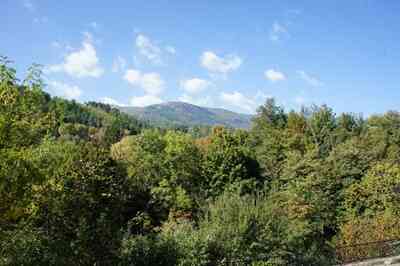 From Génolhac to Florac: upper Tarn valley (48 km 5 West via route N. 598; motor service). One follows the road from Nîmes for 1.5 km, then route N. 598 which branches off to the right. Small pass of Rize, between the Homol and the Luech.
From Génolhac to Florac: upper Tarn valley (48 km 5 West via route N. 598; motor service). One follows the road from Nîmes for 1.5 km, then route N. 598 which branches off to the right. Small pass of Rize, between the Homol and the Luech.
The road climbs westward up the valley of the Luech and crosses its tributary, the Gourdouze.
Vialas (608 m.), a well-situated village above the confluence of the Luech and the Gourdouze, on the granite slopes of the Gourdouze spur (1,326 m.), beneath the chestnut woods. Many walks and excursions: 15 min. to the abandoned argentiferous lead mines, since 1909; to the North-Northwest, at the hamlet of Gourdouze, view to the sea; to the West, gorges of the Rieutord and caves of the Camisards, at the hamlet of Tourières.
The road rises on the left bank of the Luech and crosses by bends the lateral ravine of the Rieutord. Beyond Soleyrols, the ascent intensifies.
Saint-Maurice-de-Ventalon, dominated to the South by the signal of Saint-Maurice (1,355 m.). Col de la Croix de Berthel (1,088 m.), where one crosses the axis of the Cévennes to descend into the Tarn basin via the valley of the Alignon. In the beech woods of Vernets, one can still see a pulpit of the Desert Pastors made of granite, and below the Baptéjadou fountain, where they conducted baptisms. One emerges into the Tarn valley, which is crossed 2 km upstream of the Pont-de-Montvert.
Former holiday hotel with a garden along the Allier, L'Etoile Guest House is located in La Bastide-Puylaurent between Lozere, Ardeche, and the Cevennes in the mountains of Southern France. At the crossroads of GR®7, GR®70 Stevenson Path, GR®72, GR®700 Regordane Way, GR®470 Allier River springs and gorges, GRP® Cevenol, Ardechoise Mountains, Margeride. Numerous loop trails for hiking and one-day biking excursions. Ideal for a relaxing and hiking getaway.
Copyright©etoile.fr